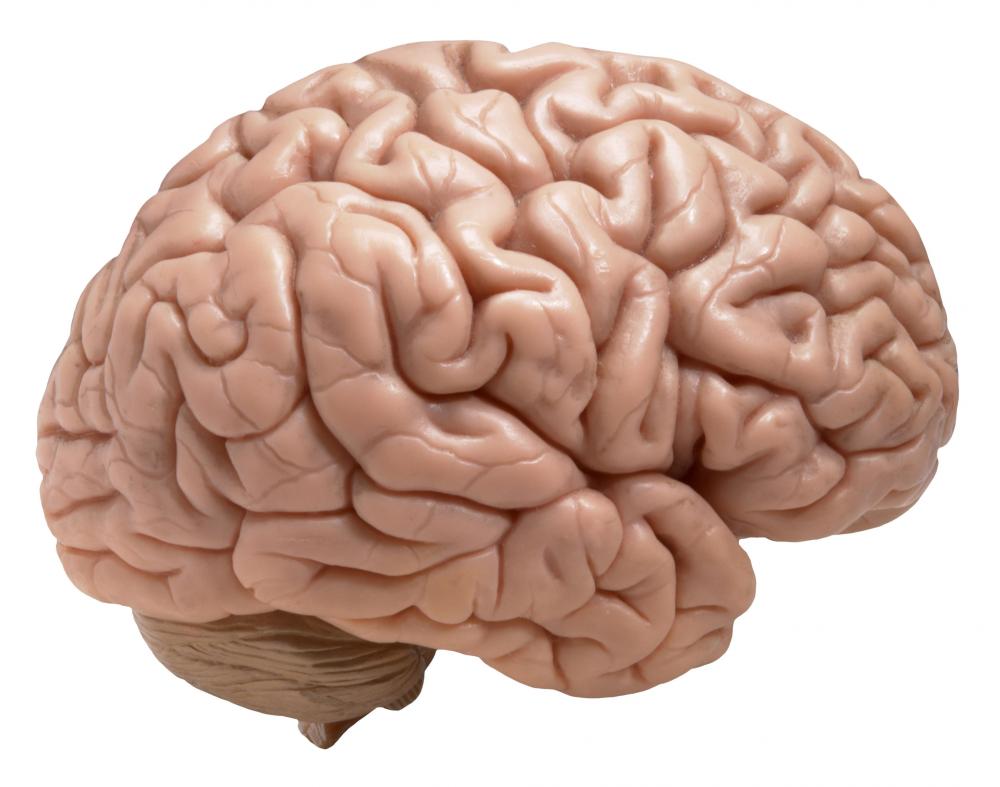Psyched Out
Over the past forty years, the understanding and appreciation of mental illnesses has made dramatic gains. There is still a long way to go, of course, especially compared to medical science’s understanding of physiological problems. But the treatment of mental illnesses has come a long way. One of the heroes along the way was a psychologist named David Rosenhan, who, in 1973, convinced a lot of people that they were seeing things that simply weren’t there.
But the people Rosenhan convinced weren’t psychiatric patients.
They were the patients’ helpers. Institutional psychiatry in the early 1970s was a one-way ticket of sorts. Patients entered facilities seeking help. Often, the first step was to diagnose the cause of the problem, netting out to a label such as schizophrenia. Many outsiders questioned whether starting with a label was an appropriate course of action, concerned that the underlying problems were not symptoms of a greater, widely applicable disease which the medical community correctly understood. The pitfall, these skeptics argued, was that treatment would be dictated by the label, and not the individual’s specific problems.
Rosenhan was one of these skeptics. In the early 1970s, he devised a ruse in which he and seven others — all of sound mind — scheduled appointments for evaluation at psychiatric institutions. Each of these “pseudopatients,” as Rosenhan later termed them, pretended to hear voices which used terms such as “empty” or “hollow.” Despite the fact that the pseudopatients claimed no other maladies and had perfectly typical lives otherwise (each used his or her own life as a backstory, with little exception), each was diagnosed with some sort of mental disorder — seven as schizophrenic and the eighth with manic depression. All eight were admitted to an institution. And once admitted, the pseudopatients dropped the ruse, acting sane and claiming to be fine.
The medical staff insisted otherwise. The pseudopatients were given anti-psychotic drugs (which they smuggled to the bathroom and flushed, undetected) and kept in the institution for an average of 19 days. When they were finally released, each one was diagnosed as still having the mental disorder but “in remission.” At no point did a medical professional put pen to paper, saying that any of the pseudopatients were, actually, sane.
Rosenhan continued his experiment with a second part — this time, working with the hospital in question, and not surreptitiously. The hospital’s staff was told that, at some point in the near future, at least one pseudopatient would attempt to gain admission into their hospital; the staff’s job was to try and determine (using a ten-point scale) whether each new potential patient was in fact faking it. The results? Of the 193 patients which came in during that time period, many were rated as being truly sane. Per Rosenhan: “Forty-one patients were alleged, with high confidence, to be pseudopatients by at least one member of the staff. Twenty-three were considered suspect by at least one psychiatrist. Nineteen were suspected by one psychiatrist and one other staff member.” But in reality? Rosenhan did not send a single pseudopatient to the hospital.
Rosenhan published his findings in Science (full text available here). It was quickly met with the controversy one would expect. But in the end, per at least one report, Rosenhan’s experiment is credited for major reforms in mental health care.
Bonus fact: One symptom schizophrenics tend to exhibit more than the general population? They smoke at much higher rates. According to a Wikipedia entry on schizophrenia and smoking, “in the United States, 80% or more of schizophrenics smoke, compared to 20% of the general population in 2006.” The phenomenon is seen in nearly two dozen other countries as well.
From the Archives: Choosing Dialysis Patients: How one hospital made some tough choices.
Related: “Opening Skinner’s Box: Great Psychological Experiments of the Twentieth Century” by Lauren Slater. Four stars, 83 reviews.

